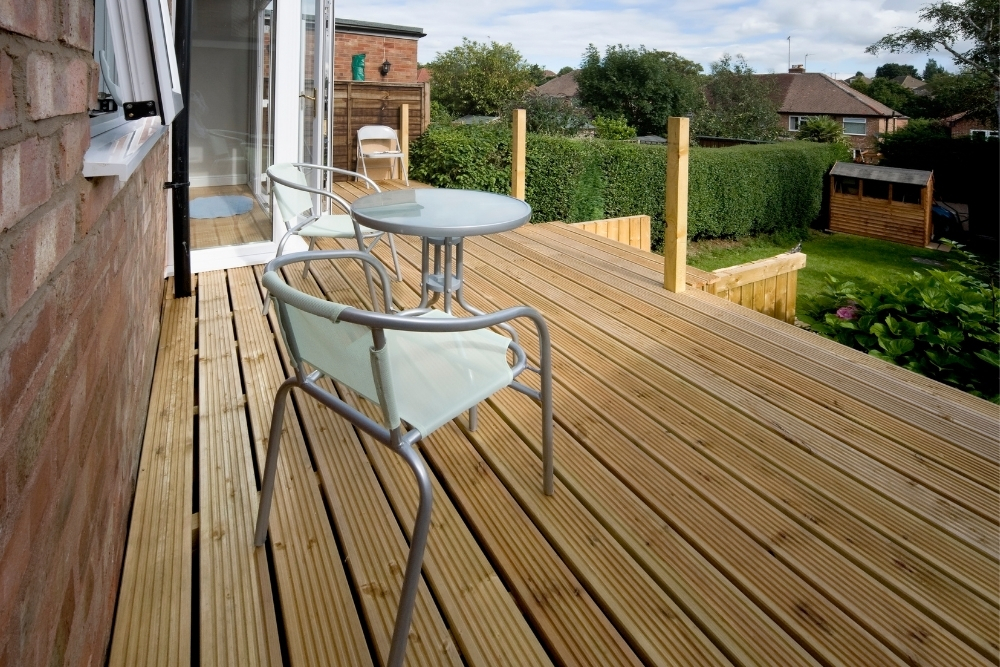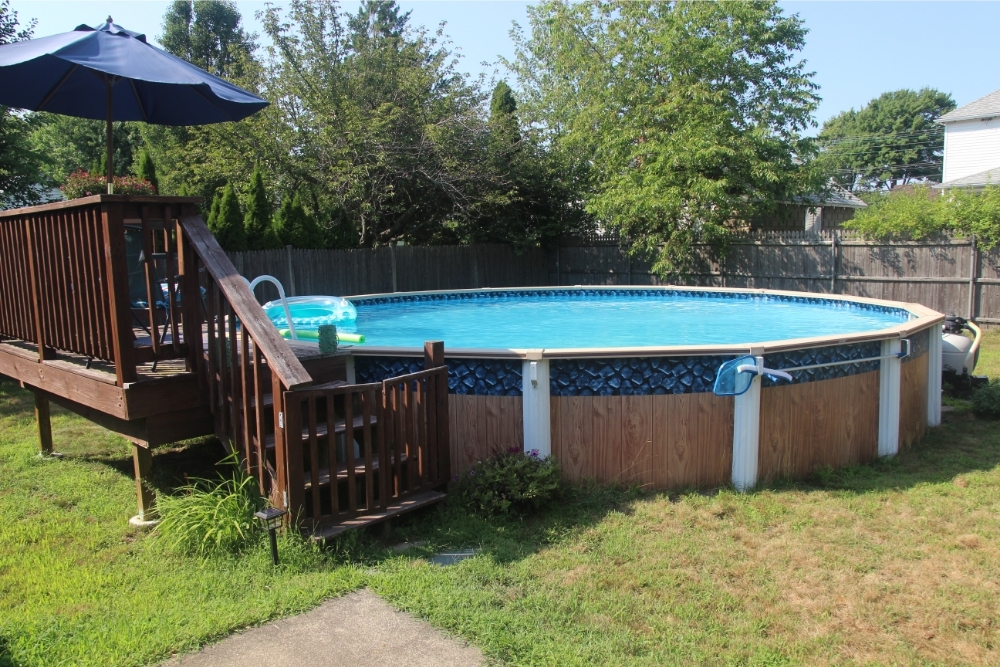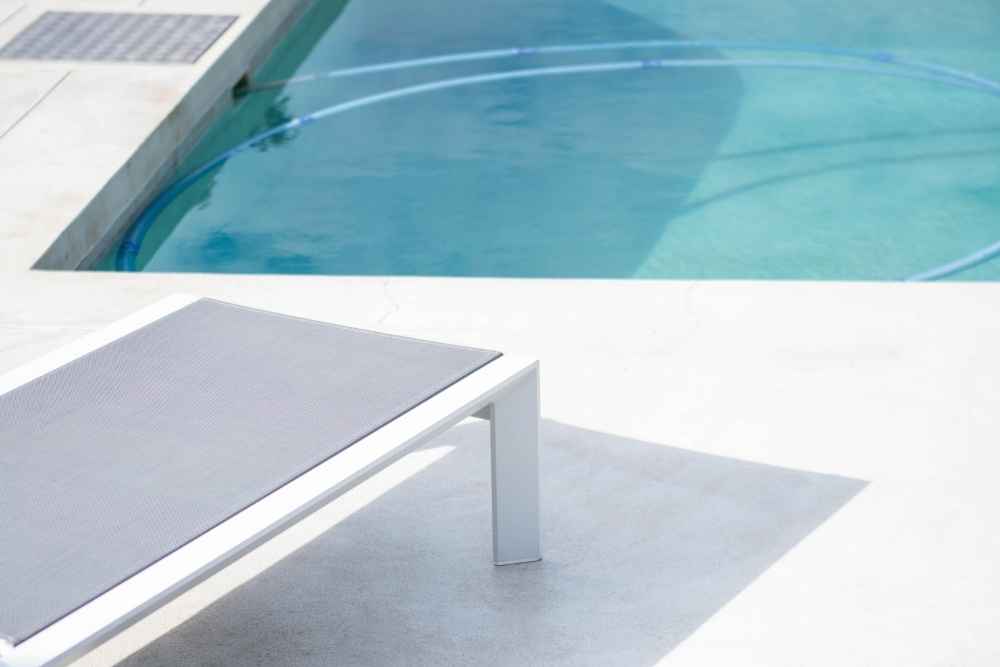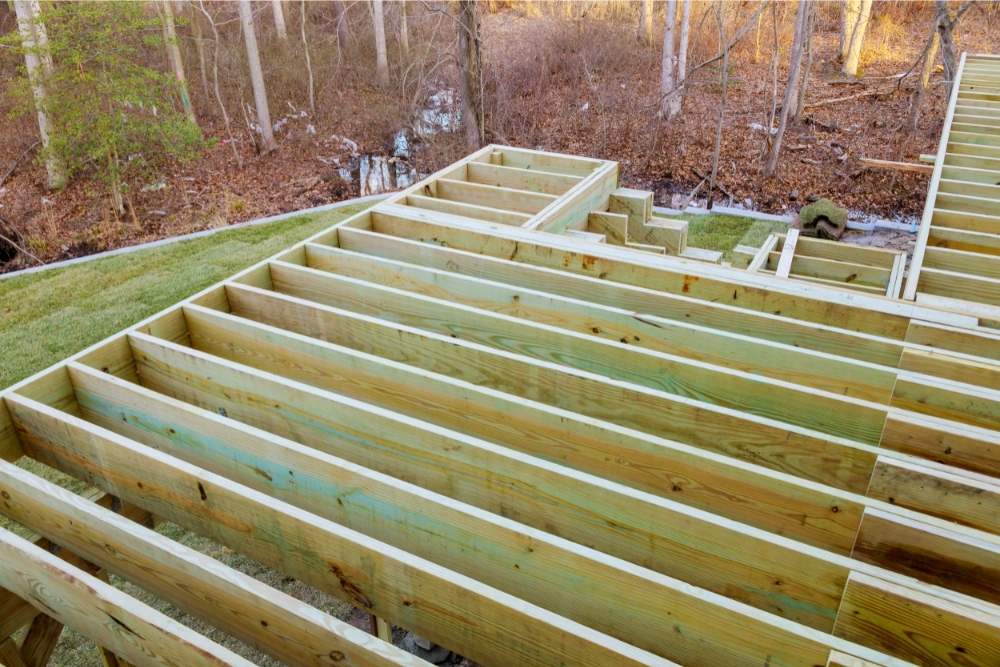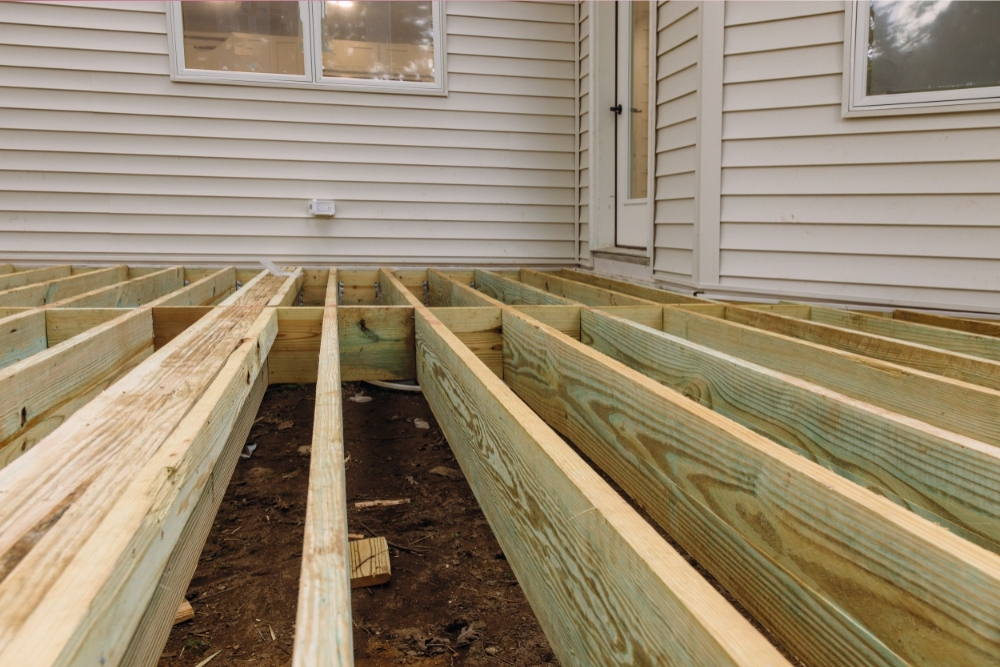Along with saving time and money, automatic drip irrigation systems also save water. Instead of wetting only the top few inches of the soil, they water plants deeply, making them an incredibly effective and efficient watering solution for raised beds.
Installing a drip irrigation system for your raised beds will help ensure thriving plants and prevent diseases and fungi from damaging them. However, how long you should run the system depends on the weather, the number of emitters, and the type and size of your raised beds.
Drip irrigation is vital for food growers, serious gardeners, or anyone with raised garden beds. Let’s look at how you can run a drip irrigation system in a raised bed, how long you should water your plants with it, and which plants you should use with the system to automate the watering process and grow more robust and drought-tolerant plants.
Can You Use Drip Irrigation in a Raised Bed?

You can definitely use drip irrigation in raised garden beds. The system’s consistent watering will help ensure thriving plants, save time, and prevent diseases and fungi from taking over your plants.
It also keeps your plants happy and healthy; providing them with even, deep, regular water is just as important as quality soil, sunshine, and compost.
However, watering your raised garden beds by hand will take a lot of time and be highly inconsistent. On the other hand, if you employ a drip irrigation system, you’ll be able to provide your plants with water exactly where they need it.
How Do You Run a Drip Irrigation in a Raised Bed?
You can easily install and run a drip irrigation system in your raised beds without hiring a professional. However, you’ll need a few tools and materials:
- Diverter
- ½-inch tubing (on Amazon)
- Elbows
- End caps
- Hole punch (on Amazon)
- Goof plugs
- Pressure regulator (on Amazon)
- T-connectors
- Shut-off valves (on Amazon)
- Drip line connectors
- ¼-inch drip line (on Amazon)
- Landscape stakes (on Amazon)
Installing Your Drip Irrigation System
- First, use the diverter to connect the ½-inch tubing to your water source.
- Then, install the pressure regulator between the tubing and the diverter.
- From the pressure regulator and diverter, run the ½-inch tubing to make a header line for your raised garden beds.
- Run the tubing till the end of your raised bed, cut it, and then add an end cap. If you have more than one row of raised garden beds, you’ll need to form and run a separate header line for each row.
- Cut the header line where it meets each raised bed’s base, and install a T-connector.
- Next, run the ½-inch tubing from the T-connector to the top of the raised bed. Use a scissor to cut the tubing and then attach an elbow.
- Run a small section of the ½-inch tubing from the elbow, connect the shut-off valve to it, and then secure it.
- Run your ½-inch tubing from the shut-off valve to the end of your raised beds, and then add an end cap.
- Use a hammer to secure the ½-inch tubing to your raised beds with a few C-clamps. It’s best to place one clamp right after your shut-off valve, one just before the end capo, and one right below the elbow.
- Make sure you determine the number of drip lines your raised beds will need and where you’ll place them. Then, use your hole punch to make holes in the ½-inch tubing in the spots where you’ll connect each drip line.
- Add a drip line connector to one end of the drip line and insert it into your ½-inch tubing.
- Next, extend the line to the end of the raised bed, cut it, and then attach a goof plug.
- Before installing the drip line to the rest of the raised beds, test the system to ensure it’s working correctly.
- Then, switch on the water and wait and see what happens. Then, repeat steps three through eight for all the remaining raised beds.
How Long to Water Raised Bed Garden with Drip Irrigation

With a garden hose or watering can, you can quickly tell the amount of water your plants are getting. However, since drip irrigation directly waters the roots, it’s almost impossible to determine the total amount of water released, making it easier to overwater or underwater your plants.
Remember that the length of time you should run your drip irrigation system depends on several different factors:
Type and Size of Your Raised Beds
The size of your raised beds and the spacing of the drip lines are essential determinants of how long you should water your raised garden. Remember that ¼-inch and ½-inch drip tubings are most commonly used for raised gardens.
The ½-inch tubes are ideal for larger raised garden beds, while the ¼-inch tubing is best for smaller gardens. This is because the ½-inch tubes deliver water at a maximum rate of 200 GPH, while the ¼-inch ones provide water only up to 30 GPH.
However, if you install a smaller drip line on a large raised bed, you’ll have to run your drip irrigation system for much longer than if you had the bigger, ½-inch tubes.
Season
Since water evaporates quicker during the summer, it’s best to run your drip irrigation at night and for longer periods of time. It’s alo best to give your plants more water when it’s dry and windy.
Number of Emitters
The ½-inch tubes have in-line emitters around nine to 12 inches apart, while the ¼-inch ones have emitters spaced every six to 12 inches. The proper spacing for your raised beds depends on the type of soil, the water requirements of your plants, and the soil exposure to the sun.
Well-draining soils have a much faster water absorption rate, so it’s better to have drip lines with widely-spaced emitters installed in them. However, if your raised beds are filled with dense soils, opting for drip lines with narrower-spaced emitters is better.
If your raised bed has more than one emitter feeding it, you won’t need to run the drip irrigation system for as long as you would have if the raised bed had only one emitter. Also, having more emitters on each drip line is better if you’re growing thirsty plants.
Type of Plants
The plants in your raised garden beds have a big hand in deciding how long you should run your drip irrigation system.
Keep in mind that each plant has a different water requirement. For instance, deep root vegetables, like tomatoes, need much more water than leafy vegetables. For this reason, it’s best to grow plants with similar watering requirements together in the same raised bed.
However, if this isn’t possible, and you have plants with both low and high water needs in one raised bed, adding mulch is best to reduce moisture loss.
Which Plants Use Drip Irrigation?
Several different plants thrive with a drip irrigation system:
- Orchard Crops: Grapes, Pomegranate, Citrus, Lemon, Sapota, Pineapple, Cashewnut, Aonla, Watermelon, Banana, Orange, Mango, Custard Apple, Coconut, Pineapple.
- Vegetables: Chilly, Cabbage, Onion, Brinjal, Cucumber, Spinach, Peas, Pumpkin, Tomato, Capsicum, Cauliflower, Okra, Ridge Gourd, Bitter Gourd, etc.
- Cash Crops: Cotton, Strawberry, Sugarcane, Arecanut, etc.
- Flowers: Carnation, Anthurium, Jasmine, Marigold, Rose, Gerbera, Orchids, Dahlia, etc.
- Spices: Cloves, Mint, Turmeric, etc.
- Plantation: Tea, Coffee, Rubber, etc.
Best Drip Irrigation System for Raised Beds

To get you started with automated watering, here are a few of the best drip irrigation systems for raised beds available today:
Rain Drip Watering Kit
Simple, small, and inexpensive, the Rain Drip Watering Kit (on Amazon) is the perfect “starter” irrigation system. It includes 50 feet of ¼-inch drip tubes with ½-inch GPH emitters around 12 inches apart, an adapter you can connect to a faucet, an end plug, and stakes to secure the dripline firmly.
You can also expand this drip irrigation system by buying and adding more emitters and tubing. While the kit doesn’t include a pressure regulator, you can still easily connect one to its ¾-inch threaded hose end.
Orbit Micro Bubbler Drip Irrigation Watering Kit
The Orbit Micro Bubbler Kit (on Amazon) is also a tiny and easy-to-install drip irrigation system. However, instead of a dripline, like the Rain Drip kit, it comes with eight micro bubblers attached on top of stakes that you can connect to the distribution tubing.
The kit also comes with 50 feet of ¼-inch tubes, 50 feet of ½-inch tubes, a faucet adapter, couplings, clamps, and tees, so you can fully customize your setup. Like the previous kit, you can easily expand this system to irrigate a larger area.
Orbit Garden Box Sprinkler Kit
If you’re looking for a more robust drip irrigation system, preferably one with a timer, then this Orbit Garden Box Sprinkler Kit (on Amazon) is the perfect option.
It comes with soaker tubing, elbows, couplings, and distribution tubing, allowing you to set up an efficient starter watering system. However, since you’ll need to install this system in a loop, it doesn’t include an end plug.



